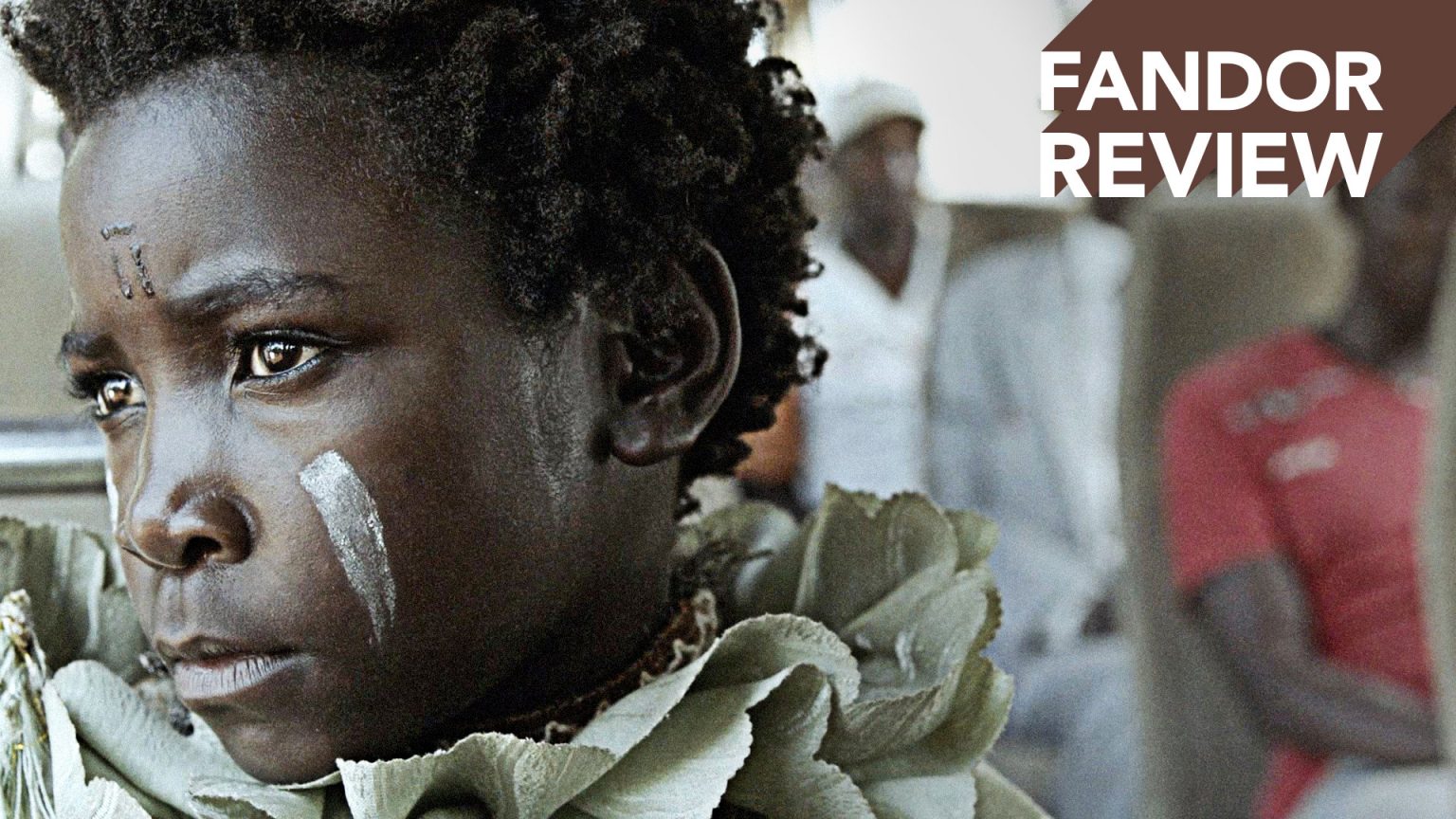There is something deeply disturbing about the visually captivating and abundant ribbons tethering the women in Rungano Nyoni’s I Am Not a Witch. The film follows the young orphan Shula (Maggie Mulubwa) who is accused of witchcraft, and then brought to a Zambian work camp full of other, older “witches.” Shula and the other women are tied to ribbons attached to spools that limit their movement as they’re forced to work in the fields. As the film progresses, Shula is used for different political purposes: She has paraded around; she is enlisted to act as an arbiter in trials, and she is forced to show herself off to the media and tourists. It is never entirely clear whether the women are actually witches or not. However, for Nyoni this murkiness seems to be precisely the point. In fact, it doesn’t matter if these women are or aren’t witches at all — what Nyoni highlights are the problems latent in the society that surrounds these women, the same society to which they are bound by their chains of white ribbon.
The pure ingenuity and cinematic genius behind the ribbons are undeniable, and the device immediately draws the viewer into the film. However, the playful flutter of these ribbons in the wind, as well as the film’s satirical humor, masks a far more subversive commentary on the sinister forces that lie within the film’s barren, monotone background. Slavery, misogyny, false accusation, and child abuse are the tethers binding Shula and the other “witches” in the form of these ribbons. The film serves as a wake-up call, a request for action. It demands that we reject our normal passivity as moviegoers and take a more active approach in our watching.
I Am Not a Witch is phenomenal precisely because of this terrifying trick, which is played at our expense. Nyoni fools us into admiring her film’s unique and stunning use of the tethers attached to Shula and the other women, so that we realize our own error in investing ourselves in their cinematic beauty, and thus the horrific concepts they seem to allegorize. In this sense Nyoni compels the viewer to consider their own viewing of the film and their complicity in a world that could allow for such atrocities. This is apparent once one considers where the tethers seem to lead. While we are frequently exposed to the spools of ribbon that these “witches” are attached to, we often find in other shots that the location of these spools is extremely ambiguous — the thread vaguely leads off-screen. At times, however, it is quite clear where the spool leads — it leads right to the camera, and therefore to the audience. The viewer is implicated in Shula’s cruel captivity. Just as Shula is forced to accuse her captors, the film also functions as an accusation. There is no witchcraft here, just Nyoni’s intense brilliance.
What’s fascinating about the ribbons is that, in addition to functioning as a means of implicating the audience, they also change the way that we watch the film. The imagery of a cord, a chain, or a ribbon, begins to stand out elsewhere in the film. We become hyper-sensitive to anything that reminds us of the white ribbons. As a result, the telephone wires in the background, or the cord of a microphone reinforce the film’s visual motif. The tie around the neck of a politician who acts as Shula’s “caretaker,” for example, acquires a sense of vile privilege. The tie reminds us of the ribbon, however, it is short, free, and frontal, unlike the white chains tethered to the women’s backs. Similarly, in a scene where the rapper Brisky (playing herself) is seen singing before Shula appears on TV, the cord of her microphone forces us to consider multiple potential readings. Perhaps she too is tethered, and this societal imprisonment extends to women beyond Shula and the other “witches.” Or instead, maybe she has turned her tether into a tool to empower her own voice. Regardless, it becomes clear that Nyoni’s allegory seeks to emphasize the diminished status of women in society. A fact that is reiterated as Shula comes up on stage and the television camera cuts to the concerned, yet reserved, faces of the women in the audience.
I Am Not a Witch deserves to be watched again and again. That’s how rich with meaning it is. Moreover, it needs to be discussed, written about, and shared. It is a testament to the strange and mysterious power of cinema, which has been so masterfully harnessed by its director. Something as simple as white ribbons trailing off the screen can redefine the way we watch and think about a movie. This is precisely what the best directors are able to do. They take something straightforward and enrich it with complexity. For this reason, I Am Not a Witch is the most innovative film I have seen in a while. Nyoni makes full use of the medium to provoke and implicate her viewers. However, in an age in which there is little to be optimistic about, I Am Not a Witch makes me excited about the future of film. So, if you get anything out of this review, let it be this: Watch this film. Tell others to watch it, and allow it to activate you. It might be an uncomfortable, even harrowing experience, however, it is also an exciting one, because I believe Rungano Nyoni is going to change cinema, and it may never be the same again.




